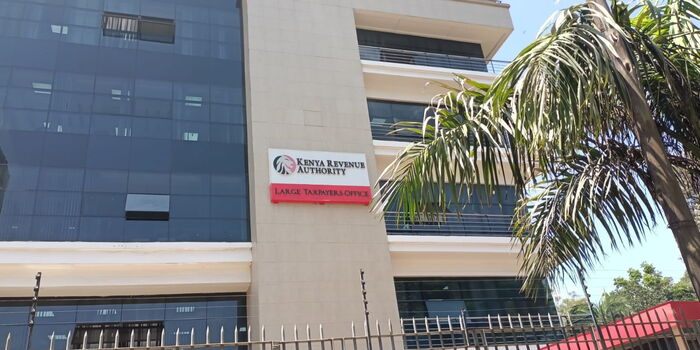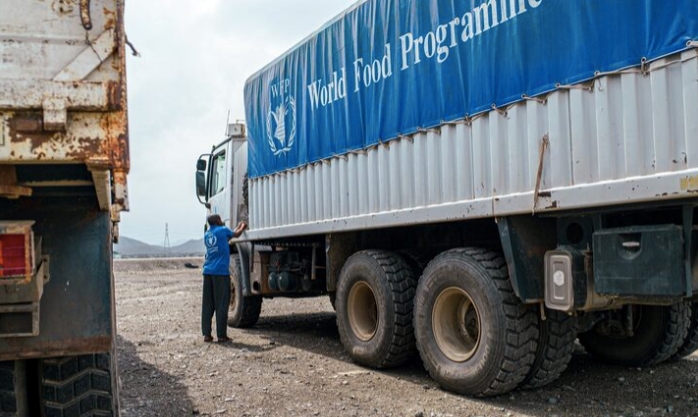How birth poop and infections can put newborn babies’ lives in serious danger

In Kenya, the neonatal mortality rate stands at 21–22 per 1,000 live births, with sepsis responsible for approximately 16 per cent of these deaths — a stark reminder of the urgent need for improved maternal and neonatal care.
As a first-time mother, Gathoni Kung'u eagerly awaited June 18, her expected delivery date. Each passing day brought both excitement and anxiety — but when the date came and went with no signs of labour, worry began to set in. For seven long days, there were no contractions, no changes, nothing to suggest her baby was ready to arrive.
Then, on the morning of June 25, everything changed. At exactly 9 am, the first contraction hit — sharp, sudden, and filled with both pain and relief. The long wait was finally over. She was rushed to the hospital, where doctors confirmed she was three centimetres dilated. Labour had begun.
Hours passed as Gathoni endured increasingly painful contractions, determined to give birth naturally. Doctors monitored her progress closely, checking her cervix and the baby’s heartbeat. Each examination was uncomfortable, but she endured it for her child’s safety.
By late afternoon, she had reached nine centimetres — almost ready to push. Suddenly, the doctor noticed the baby’s heart rate dropping. The atmosphere in the room shifted as urgency filled the air. Within minutes, Gathoni was told that an emergency caesarean section was the only option left.
Fear gripped her as she was wheeled into the operating theatre. The bright lights, the flurry of nurses, the beeping machines — everything blurred together. Exhausted and anxious, she finally drifted into unconsciousness as the procedure began.
When she woke up three hours later, her body was heavy with pain, but her first thought was for her baby. Soon, doctors brought worrying news: the newborn’s temperature had spiked to nearly 40°C. Tests revealed that the baby had passed meconium — the first stool — while still in the womb and had swallowed some of it, leading to an infection.
“When the doctor explained that my baby had pooped and inhaled or swallowed it, I couldn't fully grasp it at first,” Gathoni recalls. “It sounded so strange and terrifying.”
Her baby was quickly placed on a drip and given antibiotics to fight the infection. The days that followed were some of the hardest she had ever faced. The tiny infant lay connected to tubes and monitors, while Gathoni — weak from surgery — could only watch and hope.
“We stayed in the hospital for two weeks,” she says. “Watching my baby in that state was heartbreaking. I couldn't stop worrying.”
Recovering from the C-section added to her struggle. Every movement was painful, yet she had to breastfeed and learn to care for her newborn. The combination of physical pain, emotional exhaustion, and new motherhood was overwhelming.
“It was a storm of emotions,” she says softly. “You're in pain, you can't cry, and you're trying to be strong for your baby. It's one of the hardest and most beautiful experiences I've ever gone through.”
Thirteen years later, Gathoni still remembers the fear and confusion — especially about her baby passing meconium before birth, something she had never been told could happen. She remains deeply grateful that her child survived.
What is meconium aspiration syndrome (MAS)?
Meconium is a newborn’s first stool, usually passed within the first 24–48 hours after birth. It is a thick, sticky, greenish-black substance made up of materials ingested in the womb, including mucus, amniotic fluid, bile, and other secretions.
While meconium itself is not harmful, it becomes dangerous if passed into the amniotic fluid before birth and inhaled or swallowed by the baby. This can lead to meconium aspiration syndrome (MAS), which causes breathing difficulties and, in some cases, secondary infection or sepsis.
Understanding neonatal sepsis
According to Dr Esther Mwaura, a medical practitioner based in Nairobi, neonatal sepsis is a serious and potentially life-threatening infection that occurs within the first 28 days of life.
It develops when bacteria, viruses, or fungi invade the bloodstream or other organs, triggering an overwhelming inflammatory response. If untreated, it can cause tissue damage, organ failure, and death.
She explains that there are two main types. Early-onset sepsis, appearing within the first 72 hours, is usually acquired from the mother during pregnancy, labour, or delivery.
The most common organisms responsible include Group B Streptococcus, Escherichia coli, and Listeria monocytogenes. Late-onset sepsis, developing after 72 hours, often arises from infections acquired in the hospital or community.
Affected newborns may show vague symptoms such as fever or low temperature, poor feeding, lethargy, breathing problems, jaundice, or abdominal swelling. Because these signs resemble other newborn conditions, early recognition and prompt treatment are essential.
Neonatal sepsis remains one of the leading causes of infant deaths worldwide, especially in low-resource settings where access to antibiotics and diagnostics is limited.
When meconium becomes dangerous
Dr Mwaura notes that “while meconium in itself is not sepsis, if inhaled by the child while in the womb, especially during prolonged labour, it can lead to serious respiratory complications.”
Its greenish colour and foul odour can identify meconium-stained amniotic fluid during examination. If inhaled, it can block the baby’s airways and cause inflammation and impaired oxygen exchange, resulting in MAS. Severe cases may lead to respiratory distress and, in rare instances, secondary sepsis.
Certain factors increase the risk of MAS. Post-term pregnancies, particularly those beyond 42 weeks, are associated with a higher risk of meconium passage. Foetal distress caused by low oxygen in the womb can also trigger meconium release.
Maternal conditions such as hypertension, diabetes, or infections, as well as poor placental function, further elevate the risk.
Complicated labours, especially those that are prolonged or difficult, and umbilical cord compression can also contribute.
Infants who are small for gestational age or growth-restricted are more vulnerable, and some studies suggest a slightly higher incidence in male infants and certain ethnic groups.
As Dr Mwaura emphasises, “the presence of meconium in the amniotic fluid is an important early warning sign that requires careful monitoring of both mother and child.”
Signs, treatment and recovery
Symptoms of MAS typically appear immediately after birth or within a few hours. Affected infants may have rapid breathing, grunting, flaring nostrils, chest retractions, or bluish skin (cyanosis) due to low oxygen levels. In severe cases, apnoea, irregular breathing, or a barrel-shaped chest may occur.
Treatment depends on the severity of the condition. Immediate interventions may include oxygen therapy or resuscitation for babies struggling to breathe. Respiratory support can range from oxygen delivered through a nasal cannula or mask to continuous positive airway pressure (CPAP) or even mechanical ventilation for severe distress.
Surfactant therapy may help the lungs function more effectively. Antibiotics are administered if there is suspicion of secondary infection or sepsis, while supportive care such as fluids, nutrition, and careful monitoring of oxygen and blood gases is essential.
With timely and proper care, most infants with MAS recover fully. However, severe cases can lead to long-term respiratory issues or, rarely, death — particularly when complicated by sepsis or multi-organ failure.
The bigger picture
Neonatal sepsis is especially dangerous because newborns have immature immune systems and fragile organs. Infections can spread rapidly, causing inflammation, organ damage, or death if not treated promptly. The risk is compounded by delayed diagnosis, limited access to antibiotics, and rising antibiotic resistance, particularly in low-resource settings.
Globally, neonatal sepsis causes around 230,000 deaths each year, accounting for about 15 per cent of all neonatal deaths.
In Kenya, the neonatal mortality rate stands at 21–22 per 1,000 live births, with sepsis responsible for approximately 16 per cent of these deaths — a stark reminder of the urgent need for improved maternal and neonatal care.
Top Stories Today













































